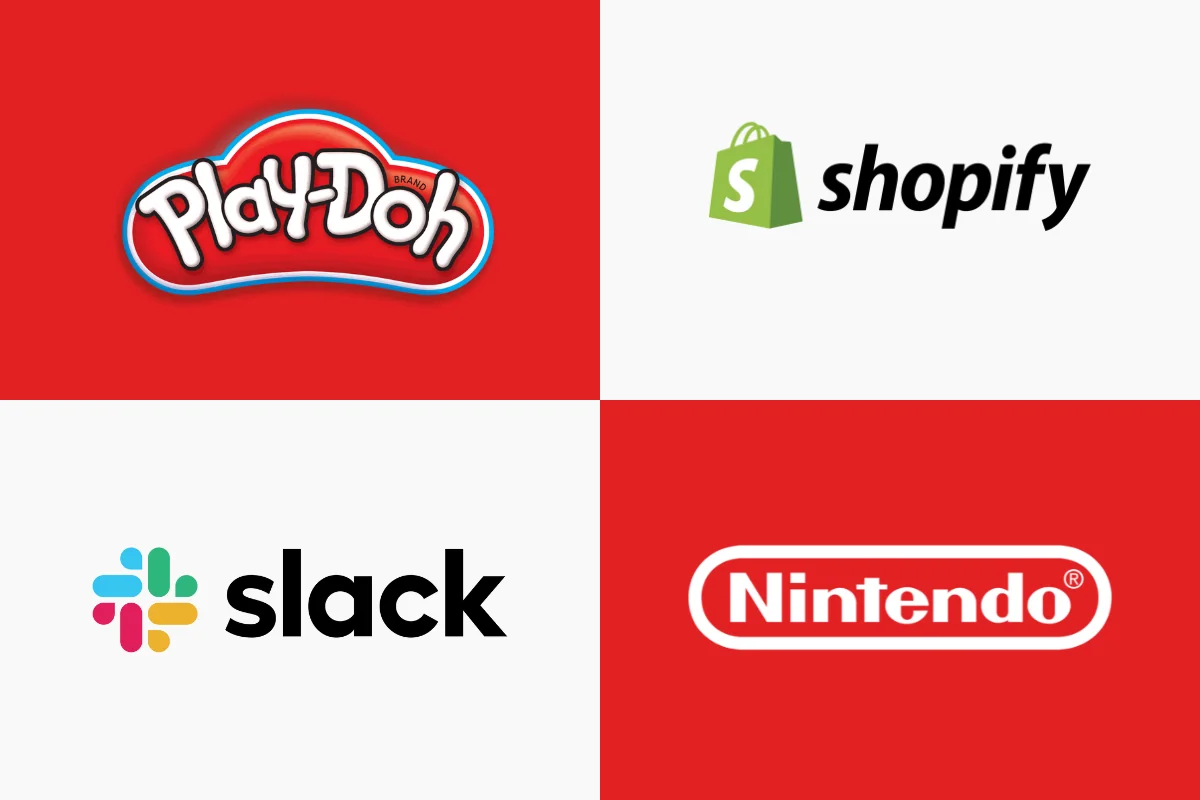In 2025, innovation isn’t optional—it’s survival. Startups and legacy companies alike face a critical question: Should they disrupt markets with groundbreaking ideas or improve existing products through incremental tweaks?
The answer isn’t black-and-white. While disruptive innovation (think AI-driven healthcare platforms) grabs headlines, incremental innovation (like Toyota’s yearly car upgrades) quietly fuels 72% of Fortune 500 revenue (McKinsey, 2024).
This article breaks down the pros, cons, and hidden trade-offs of both strategies—plus how giants like Tesla and Samsung blend them to dominate their industries.
Disruptive Innovation in 2025: High Risk, High Reward
What is Disruptive Innovation?
Disruptive innovation creates entirely new markets by targeting overlooked customer segments or redefining value. Examples include:
- AI-Driven Healthcare: Startups like Hippo AI (2024) using generative AI to diagnose rare diseases.
- Decentralized Finance (DeFi): Platforms like EtherBank disrupting traditional loans with blockchain.
Pros:
- Explosive Growth: Capture untapped markets (e.g., lab-grown meat startup GreenPrime doubled its valuation in 2024).
- Brand Authority: Media and investors flock to “the next Uber.”
Cons:
- 90% Failure Rate: Most disruptive startups fail within 3 years (CB Insights, 2025).
- Long ROI Timelines: Requires 5+ years of R&D (e.g., SpaceX’s Starship).
When to Use It:
- You’re a startup targeting stagnant industries (e.g., insurtech or construction).
- You have venture capital backing or grants for moonshot projects.
Incremental Innovation: The Stealthy Growth Engine
What is Incremental Innovation?
Incremental innovation focuses on small, steady improvements to existing products or processes. Examples include:
- Samsung’s Foldable Phones: Annual upgrades to durability and battery life.
- Coca-Cola’s Flavors: Limited-edition releases to retain Gen Z customers.
Pros:
- Lower Risk: 68% of incremental projects succeed vs. 10% of disruptive ones (Gartner, 2025).
- Faster ROI: See returns in 1-3 years (e.g., Adobe’s AI-powered Photoshop updates).
Cons:
- Vulnerable to Disruption: Kodak’s incremental film upgrades couldn’t beat digital cameras.
- Limited Differentiation: Hard to stand out in crowded markets like SaaS.
When to Use It:
- You’re a legacy brand optimizing customer retention.
- Your industry has strict regulations (e.g., finance or aerospace).
Head-to-Head Comparison
| Factor | Disruptive Innovation | Incremental Innovation |
|---|---|---|
| Risk Level | Extreme | Low to Moderate |
| ROI Timeline | 5+ years | 1-3 years |
| Best For | Startups, tech sectors | SMEs, regulated industries |
| Resource Needs | Heavy capital + talent | Lean budgets |
| 2025 Trend | AI/quantum computing hybrids | Sustainability-driven upgrades |
Real-World Case Studies
- Disruptive Win: NeuraLink’s Brain-Computer Interface
- Displaced traditional neurotherapy methods by enabling paralyzed patients to control devices via thought.
- Incremental Win: IKEA’s Circular Economy Model
- Scaled repair/recycle services, boosting loyalty without reinventing its core product.
- Hybrid Approach: Amazon’s Drone Delivery 2.0
- Incremental upgrades (faster batteries) + disruptive AI route optimization.
FAQs
Can small businesses afford disruptive innovation?
Yes! Tools like no-code AI (e.g., ScribeAI) let startups prototype cheaply. Crowdfunding platforms also mitigate risk.
Is incremental innovation enough to survive AI disruption?
Not alone. Pair incremental upgrades with “innovation sprints” to test disruptive ideas quarterly.
What’s the top innovation trend for 2025?
“Green disruption”—using AI to scale sustainable tech (e.g., carbon capture startups).
Which Strategy Should You Choose?
Ask these questions:
- “Can my industry withstand a 5-year timeline?” (Disruptive)
- “Do my customers crave stability or novelty?” (Incremental)
Pro Tip: Use the 70/30 Rule in 2025:
- 70% incremental (quick wins) + 30% disruptive (long-term bets).
Disruptive innovation builds legacies, while incremental innovation pays the bills. In 2025, winners like Microsoft (AI Copilot upgrades) and BioGen (mRNA cancer therapies) master both.
Your Next Move:
- Startups: Pilot disruptive ideas in sandboxed markets.
- Enterprises: Launch internal “innovation hubs” to test incremental + disruptive projects.












